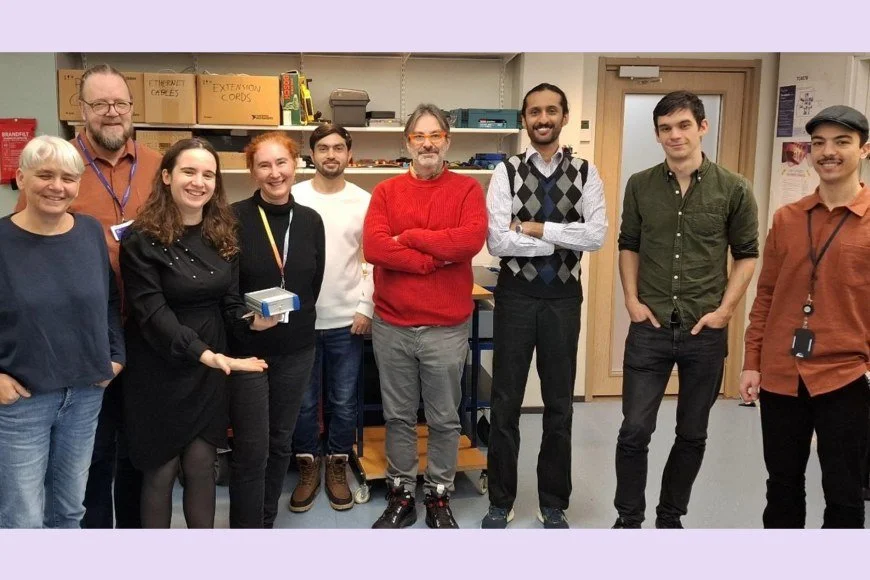EdTechX Summit review: Expanding EdTech’s global perspective beyond the U.S.A and U.K.
Speaking at the EdTechX Summit in London, author and expert Mehran Gul told delegates to look beyond the U.K. and U.S. for inspirational use of technology in education.
Gul, who previously served as a Lead for the Digital Transformation of Industries at the World Economic Forum, told delegates that the education sector has tended to be slow to adopt new technologies.
Asking delegates to imagine a time-traveller from the 1990s to use today’s banking services, he noted how the finance industry has “fundamentally changed”. In contrast, he added: “If they looked at the education sector, they would be looking at the same thing.”
“Education is very resistant to change,” Gul said, explaining that learning outcomes are hard to quantify and can take a long time to show their impact. Regulatory constraints can also make change very slow. Many educators and parents can also be resistant to change, he added, reminding delegates that many of them were likely discouraged from using calculators or Wikipedia while at school themselves.
While the Covid-19 pandemic looked to have started a fundamental shift in education, Gul noted that investment in EdTech companies has fallen in the years since.
In order to find inspiration, Gul suggested looking outside of the UK and US. He highlighted the success of Chinese company Squirrel Ai Learning, which achieved a Guinness World Record for hosting the largest online mathematics lesson in September 2024, involving 112,718 students within 24 hours.
Gul also highlighted the work of Indian company Veative, which offers VR products for learning abstract subjects such as science and math, providing interactive activities and experiments. He also noted France’s 360Learning, which offers collaborative learning opportunities at scale.
“We’ve talked about technology changing education before,” Gul reminded delegates, but said there were some trends that could deliver real change. He shared five key promising forms of technology currently emerging:
adaptive learning platforms
augmented/virtual reality environments
AI-powered tutoring
learning analytics dashboards
collaborative learning platforms
However, Gul also reminded delegates that a need for improved infrastructure will underpin all of these innovations. He said this includes fast internet connections, access to devices, cloud infrastructure, technical support and budgets covering updates and replacements. He also noted that cybersecurity and protections for student data are essential. “These are still missing in many places,” he added.





















